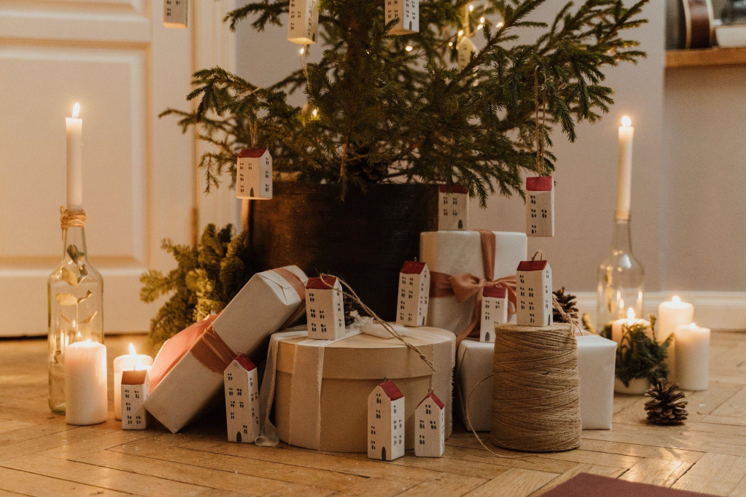How Do Honey Bees Benefit from Artificial Christmas Trees?
Honeybees are essential pollinators that play a crucial role in our ecosystem. However, their populations have declined over the past few decades, leading to concerns about the impact on agriculture and the economy. In recent years, artificial Christmas trees have become an increasingly popular option for holiday decorating. But did you know they can also provide a haven for bees?
Artificial trees are usually made of plastic or other synthetic materials that do not decompose. This means they can serve as a shelter for bees during winter when the weather is too cold to survive outside. The trees offer a warm and dry environment that protects the bees from the elements and predators.
Of course, not all artificial trees are created equal regarding their bee-friendliness. Some are coated in chemicals or fire retardants that can harm bees. Others are made with materials that are not biodegradable, which can create problems for the environment in the long run.
To support bees through holiday decorating, look for artificial trees made from eco-friendly materials, such as recycled PVC or other biodegradable substances. You can also opt for a live tree planted after the holidays, providing year-round habitat for bees and other wildlife.
The Role of Queen Bees and Worker Bees in the Colony
To truly understand the relationship between artificial Christmas trees and honey bees, it’s essential to know more about the inner workings of the colony. Each hive is led by a queen bee, whose primary role is to lay eggs. She can lay up to 2,000 eggs daily, ensuring the colony’s survival.
On the other hand, worker bees are responsible for virtually everything else. They gather nectar, pollen, and water, build the hive, care for the eggs and larvae, and defend the colony from predators. During winter, the worker bees huddle together to generate heat and warm the queen and eggs.
Artificial Christmas trees can provide bees with a warm and dry environment during winter. This is especially important for worker bees, crucial to the colony’s survival. Without them, the queen would not have enough food or protection to continue laying eggs, and the colony would eventually die.
In conclusion, artificial Christmas trees can be a valuable habitat for bees during winter. However, choosing eco-friendly trees that do not pose a risk to bee populations is essential. By supporting sustainable beekeeping practices and making informed decisions about your holiday decorations, you can do your part to protect these important pollinators.

